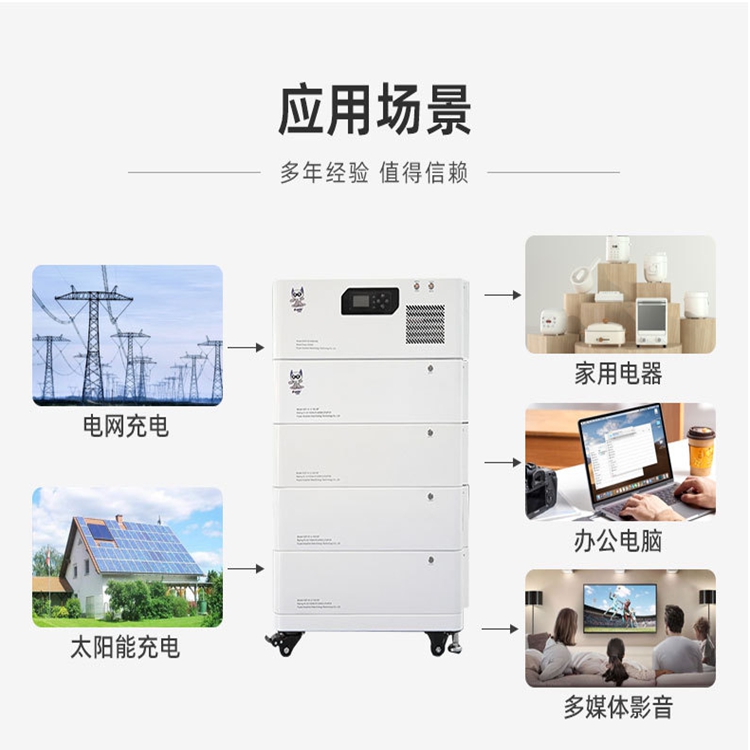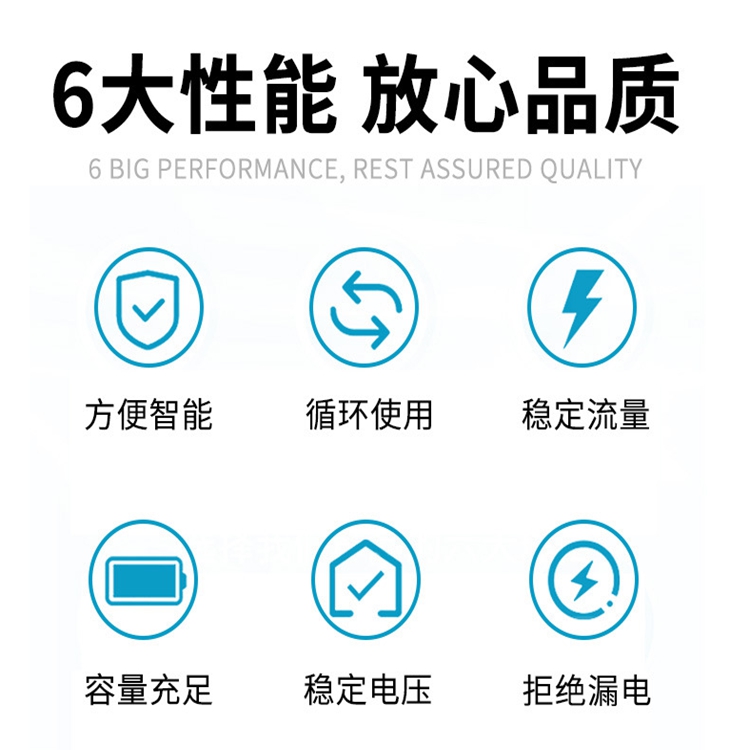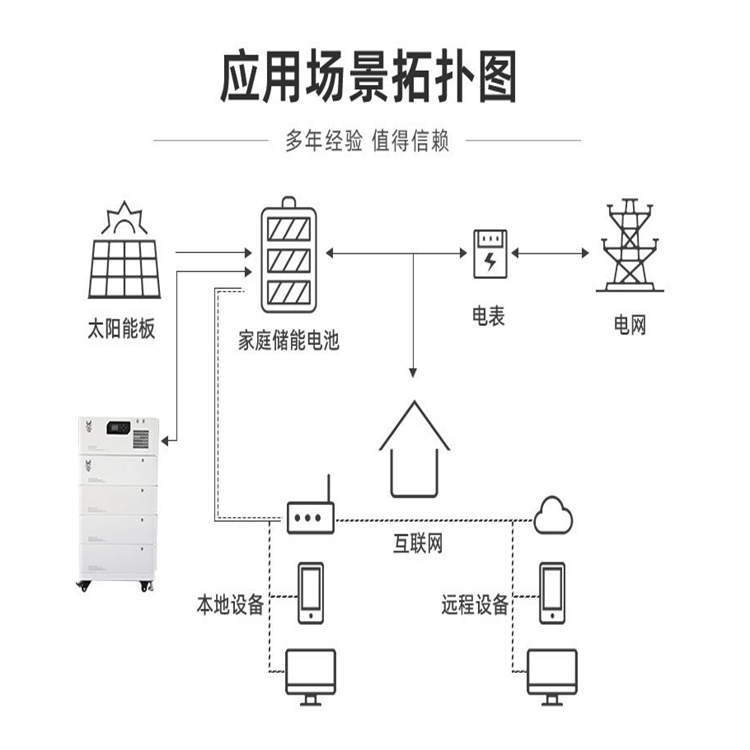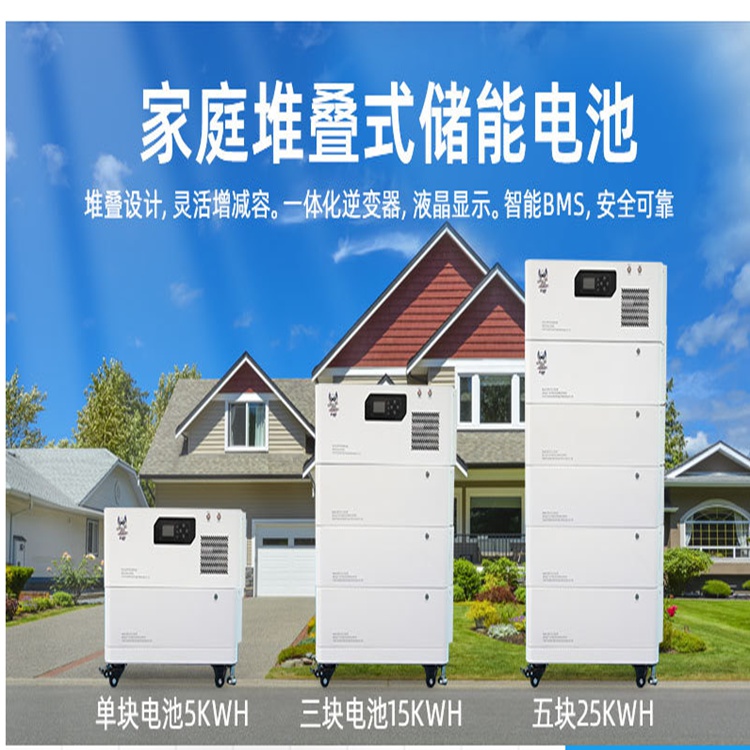



堆叠式家用储能电源的一些关键特点和功能:
电池存储:这些系统通常包含一个或多个电池单元,用于存储电能。电池可以是锂离子电池、铅酸电池或其他类型的电池,具体型号和容量因供应商而异。
可再生能源连接:堆叠式家用储能电源通常与太阳能电池板、风能发电机或其他可再生能源系统连接,以捕获可再生能源并将其存储在电池中。
逆变器:系统通常包括逆变器,用于将存储在电池中的直流电能转换为家庭电器可用的交流电能。
能源管理:这些系统通常具备智能能源管理功能,可以优化能源的存储和使用,以大程度地减少家庭电费。
电网连接:堆叠式储能系统通常可以连接到家庭电网,以便在需要时将存储的电能馈入电网或从电网中提取电能。
备用电源:一些系统具备备用电源功能,可以在电网故障或停电时为家庭提供电能。
远程监控:许多系统配备了远程监控功能,允许用户通过智能手机或电脑监视能源产生和使用情况,以及系统的性能。
模块化设计:某些系统具备模块化设计,允许用户根据需求逐步扩展电池容量或系统性能。




Some key features and functions of stacked household energy storage power supply:
Battery storage: These systems typically include one or more battery cells for storing electrical energy. Batteries can be lithium-ion batteries, lead-acid batteries, or other types of batteries, with specific models and capacities depending on the supplier.
Renewable Energy Connection: Stacked household energy storage power sources are typically connected to solar panels, wind turbines, or other renewable energy systems to capture renewable energy and store it in batteries.
Inverter: The system usually includes an inverter, which is used to convert DC energy stored in the battery into AC energy available for household appliances.
Energy management: These systems typically have intelligent energy management capabilities that can optimize energy storage and use to minimize household electricity bills.
Grid connection: Stacked energy storage systems can usually be connected to the home grid to feed or extract stored energy from the grid when needed.
Backup power supply: Some systems have a backup power supply function, which can provide electricity to households in the event of grid failure or power outage.
Remote monitoring: Many systems are equipped with remote monitoring capabilities, allowing users to monitor energy generation and usage, as well as system performance, through smartphones or computers.
Modular design: Some systems have modular design that allows users to gradually expand battery capacity or system performance according to their needs.







